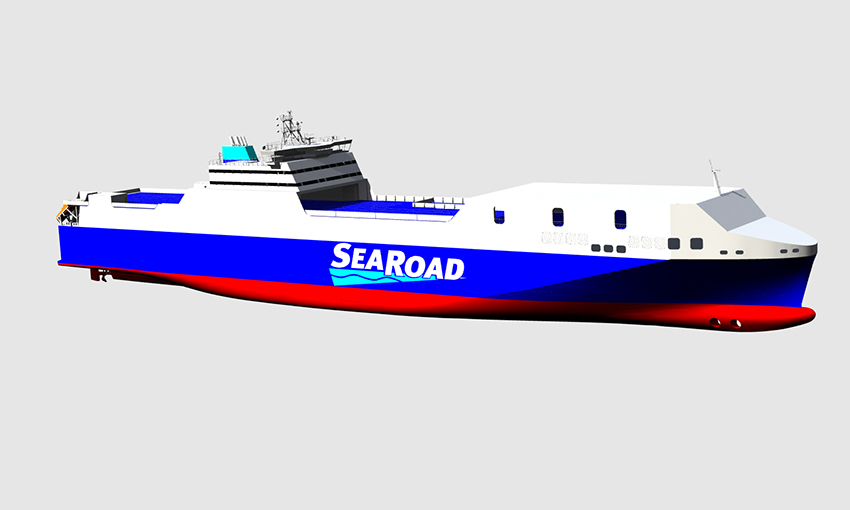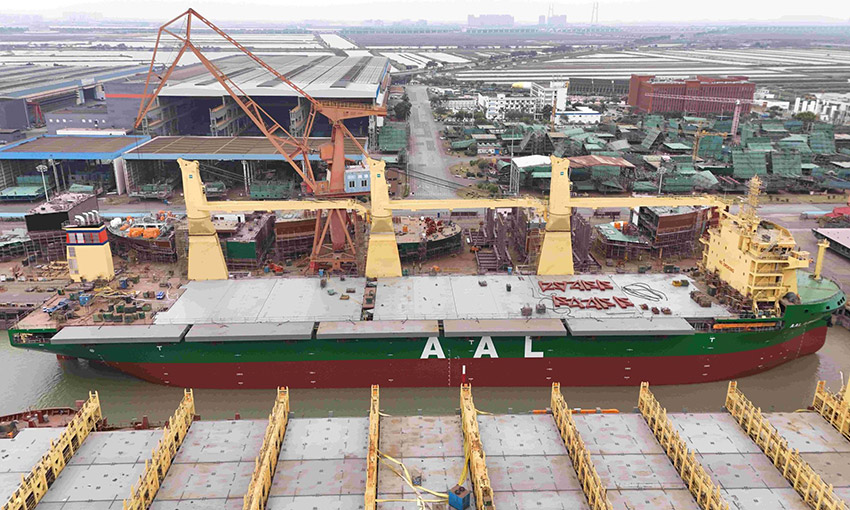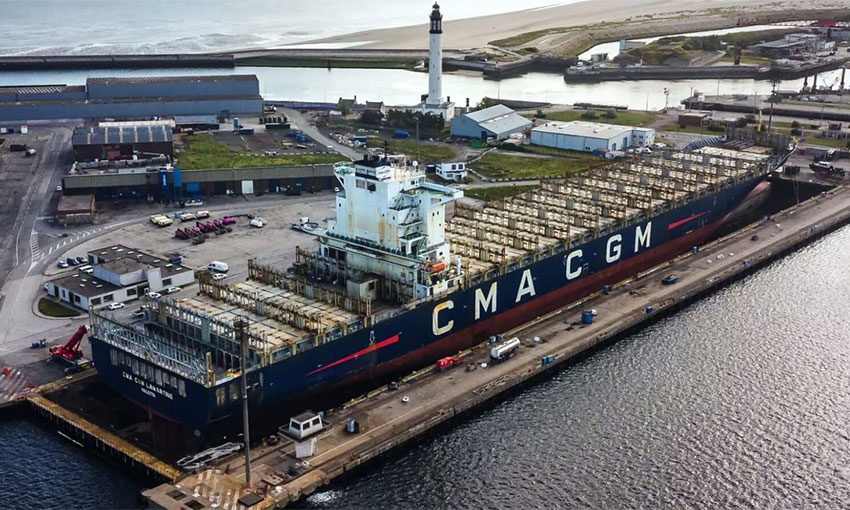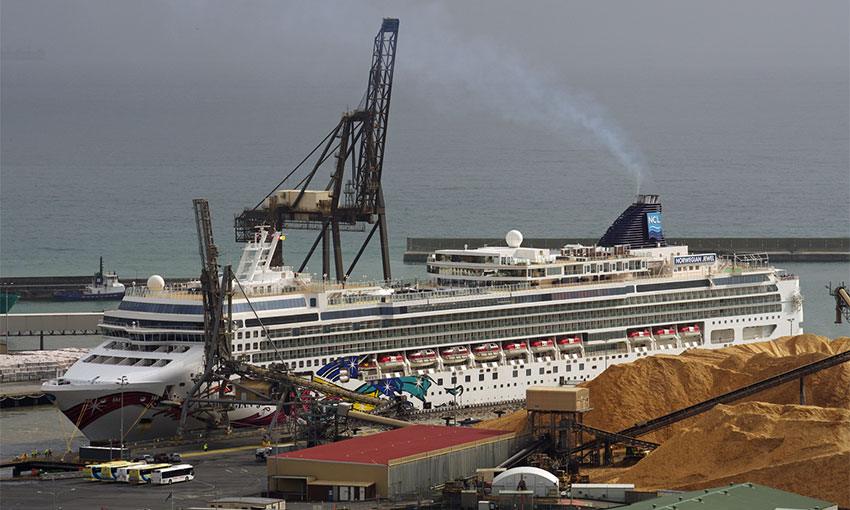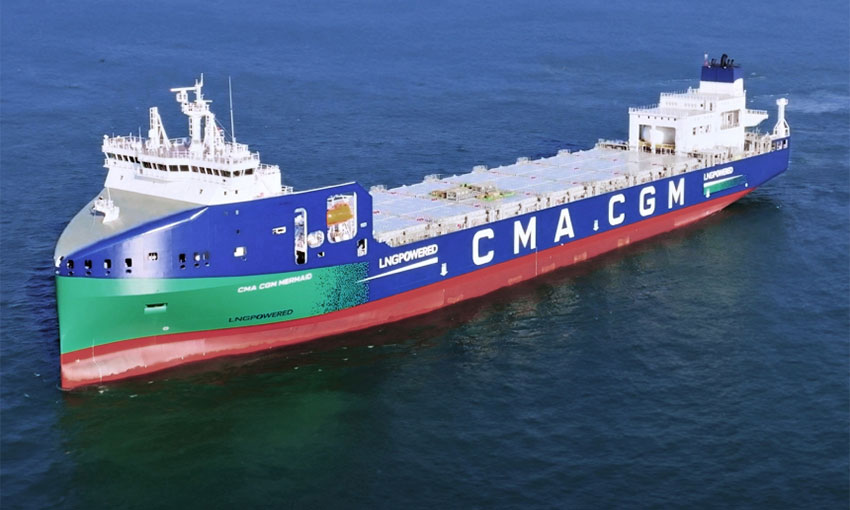FINLAND-based technology group Wärtsilä is to supply main and auxiliary engines, fuel storage tanks, gas handling equipment and electrical systems for SeaRoad’s newbuild ro-ro vessel.
In September last year, SeaRoad finalised a €100 million ($151 million) agreement with German shipbuilder Flensburger Schiffbau-Gesellschaft for the new vessel.
The new 210-metre-long ship will be able to run on LNG and it will join Searoad Mersey II and replace MV Liekut on the Bass Strait trade between Melbourne and Devonport.
The vessel will be powered by two Wärtsilä 46DF dual-fuel main engines and three Wärtsilä 20DF dual-fuel auxiliary engines. The fuel gas handling system and LNG tanks are designed with the gas valve units integrated into the tank connection space. Wärtsilä says this reduces the amount of piping needed, facilitating easier installation.
Wärtsilä said it would deliver almost every electrical system on board. This includes bridge consoles with integrated navigation, redundant dual-gyro compass systems, nautical sensors, external communication systems, power take-in and take-out shaft alternators with multi-drive technology, monitoring and control systems, switchboards, internal communication, and safety systems as well as lighting.
Wärtsilä will design and integrate the entire electrical package, as well as delivering the cable network. Shipbuilder FSG and Wärtsilä have a partnership in this area going back more than 25 years.
FSG CEO Philip Maracke said: “We recognise Wärtsilä’s strong capabilities in LNG-related technologies, as well as their capabilities in electrical systems, and these solutions are an excellent fit for this vessel.”
Wärtsilä Marine Power general manager sales Matthias Becker said his company had a positive relationship with both the yard and the owners throughout the project.
“SeaRoad is committed to sustainable practices, and this very much aligns with our own commitment to the decarbonisation of shipping operations. The systems selected for this vessel promote these ambitions,” Mr Becker said.
Electrical installation will commence in this year. The bulk of Wärtsilä equipment is scheduled for delivery to the yard during the first half of 2023.
The ship is expected to be completed by the end of 2023. The vessel will have 3987 lane metres for various freight units and will sail on Bass Strait.

